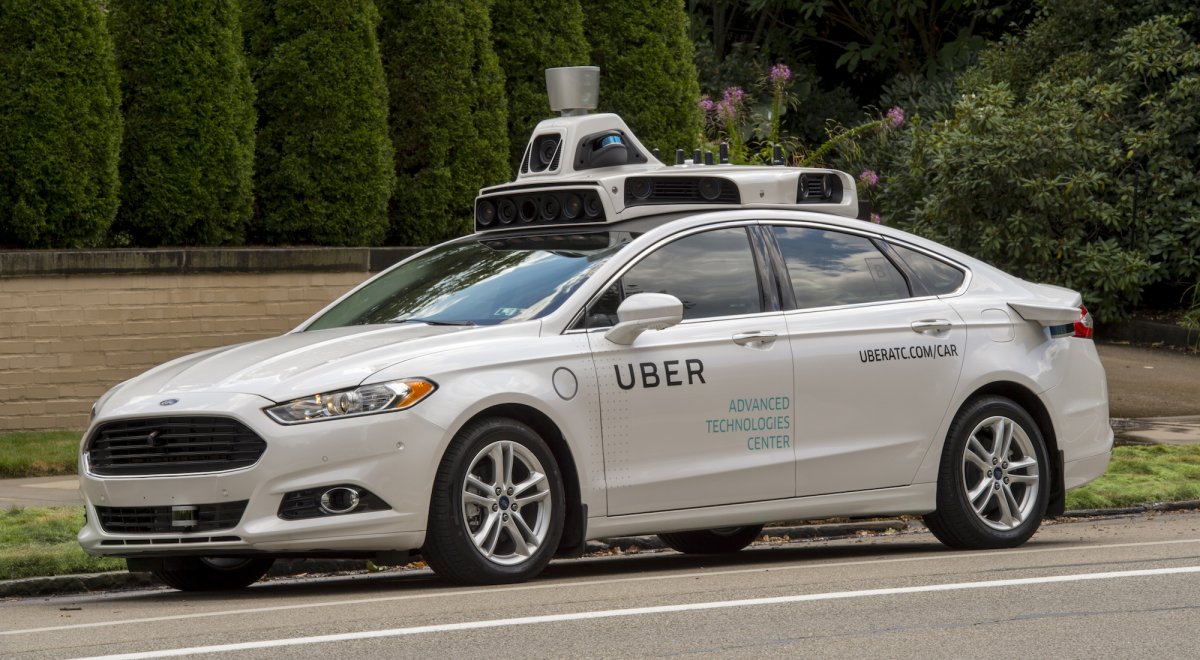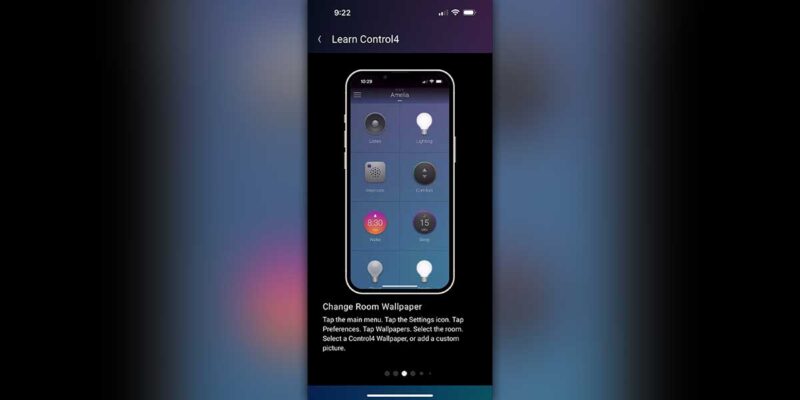AV as a Service – Financially Speaking
A couple months back I wrote a blog on AV as a Service, AVaaS. It primarily focused on if the “as a service” model could work in AV, and it gave three examples in which at least parts of the AV system are currently being turned toward an AVaaS model.
As I always do with pieces I write, I invited some discussion around the piece by posting it in various social media outlets that allow comments. One of the most interesting discussions that developed in those threads pertained to AV being a traditional capital expenditure (CAPEX), meaning end clients were accustomed to paying for hardware up front and buying minimal managed services around the system as additional operating expenses, (OPEX). The argument was that it would be difficult at best not only for a manufacturer or integrator to provide all the AV hardware without any up front payment from the end user, but also from the perspective of shifting the mindset of the purchaser to see AV as an OPEX and not a CAPEX.
If you read my last piece, I acknowledged that given the cost of a complete AV system and installation, that I didn’t think we would see a full bore AVaaS offering for some time. But could I be completely wrong?
To explore that I offer a couple examples from outside the AV industry.
Let’s take a look at the auto industry.

An automobile is typically the second largest purchase the average consumer will ever make, second only to their home. The car is purchased, either with cash or through financing, but in either case, the auto manufacturer and the dealer both get paid for their product and services at the time of sale. This would definitely be seen as a Capital Expenditure.
However, things are changing.
Companies like Uber and Ford are investing heavily in AI and self driving car technology. Uber has purchased a fleet of vehicles from Volvo, and Ford has a test fleet of 30 self-driving Fusion Hybrids. Ride-hailing service technology may just flip the auto industry’s CAPEX model on it’s head. Instead, auto manufacturers and companies like Uber will have cars posted up throughout cities, ready to be dispatched via app to go pick up their passengers and deliver them to their destination. The passengers will only pay for rides they need, turning the consumer auto industry into a true “Car as a Service” play, and transitioning the consumer from a CAPEX to an OPEX mindset.
Now if that weren’t enough, we’re also seeing other ways that automobiles are transitioning to an aaS model. Enter WaiveCar. WaiveCar has vehicles parked around it’s pilot city of Santa Monica in city owned spots. A passenger simply downloads the WaiveCar app, locates a car, and then reserves it. Once at the car, they are granted access and can drive the car for two hours…for free! Additional hours are $5.99.
WaiveCar is an ad-based model that sells advertising on the cars, as they become mobile billboards as they roam around the city. It’s essentially a free “Car as a Service” model where even the OPEX to the driver is waived altogether.
If this sounds familiar, there are similar ad-based aaS models in AV already in the digital signage space, where an ad company installs the signage in public spaces for free, allowing the venue to use a percentage of the content space, and then sells advertising to round out the content. The signs are maintained either for free or for a small fee.
Based on the above, if an automobile company can find a way to turn a $30,000 CAPEX into a per use fee based OPEX, then I don’t think a company like Samsung, who owns companies in just about every part of the AV food chain, would be unable to figure out an OPEX model themselves.
If consumers can make the leap from CAPEX to OPEX in their automobile purchases, I think it also shows that consumers mindsets can be changed if the value proposition is right as well.
The real question may not be “if” AV can transition to an AVaaS model, but “when” and “who” will offer it first.
I’d love to hear your thoughts below.






One thought on “AV as a Service – Financially Speaking”
Comments are closed.